Liao Ni
ICFVR 2017: 3rd International Competition on Finger Vein Recognition
Jan 04, 2018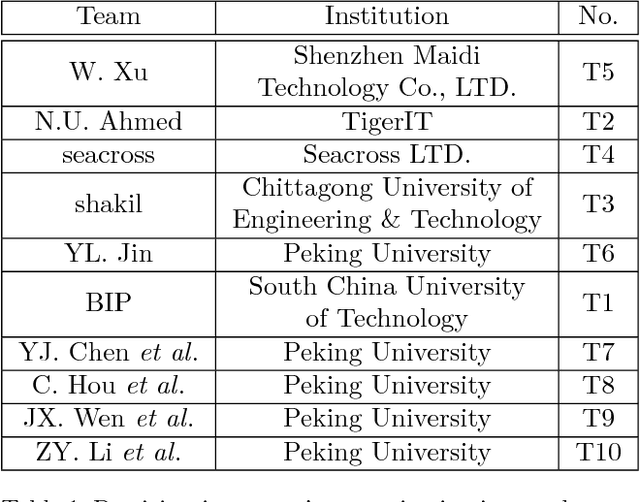
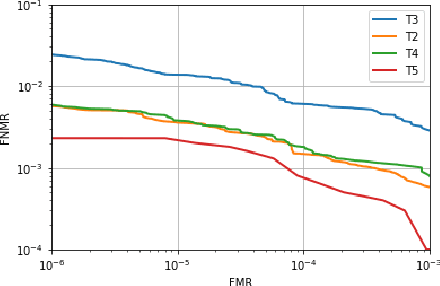

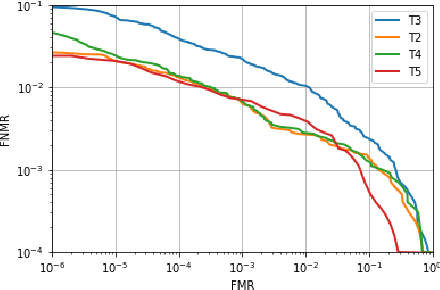
Abstract:In recent years, finger vein recognition has become an important sub-field in biometrics and been applied to real-world applications. The development of finger vein recognition algorithms heavily depends on large-scale real-world data sets. In order to motivate research on finger vein recognition, we released the largest finger vein data set up to now and hold finger vein recognition competitions based on our data set every year. In 2017, International Competition on Finger Vein Recognition(ICFVR) is held jointly with IJCB 2017. 11 teams registered and 10 of them joined the final evaluation. The winner of this year dramatically improved the EER from 2.64% to 0.483% compared to the winner of last year. In this paper, we introduce the process and results of ICFVR 2017 and give insights on development of state-of-art finger vein recognition algorithms.
A Fusion Method Based on Decision Reliability Ratio for Finger Vein Verification
Dec 17, 2016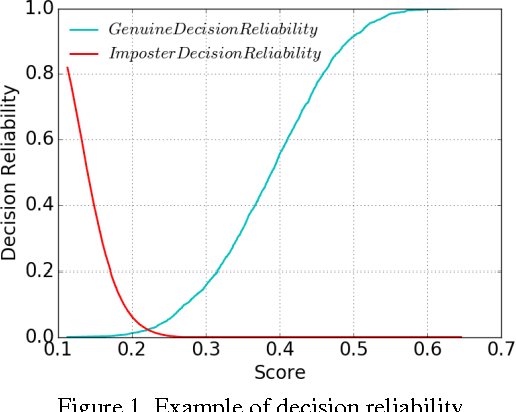

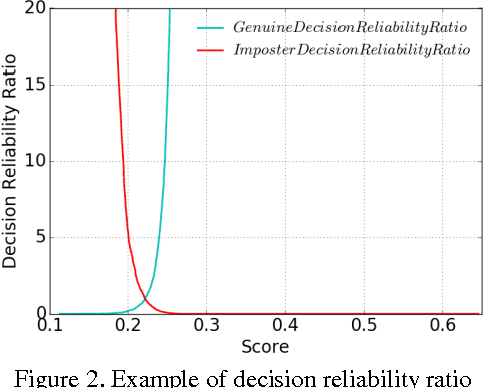
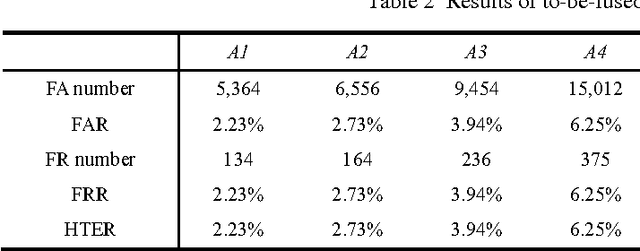
Abstract:Finger vein verification has developed a lot since its first proposal, but there is still not a perfect algorithm. It is proved that algorithms with the same overall accuracy may have different misclassified patterns. We could make use of this complementation to fuse individual algorithms together for more precise result. According to our observation, algorithm has different confidence on its decisions but it is seldom considered in fusion methods. Our work is first to define decision reliability ratio to quantify this confidence, and then propose the Maximum Decision Reliability Ratio (MDRR) fusion method incorporating Weighted Voting. Experiment conducted on a data set of 1000 fingers and 5 images per finger proves the effectiveness of the method. The classifier obtained by MDRR method gets an accuracy of 99.42% while the maximum accuracy of the original individual classifiers is 97.77%. The experiment results also show the MDRR outperforms the traditional fusion methods as Voting, Weighted Voting, Sum and Weighted Sum.
 Add to Chrome
Add to Chrome Add to Firefox
Add to Firefox Add to Edge
Add to Edge